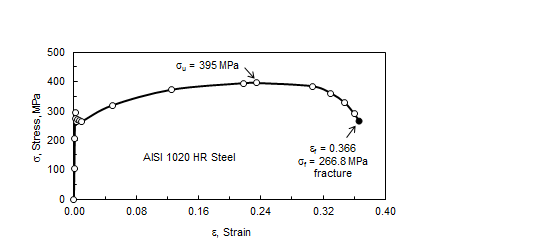

Īlthough the boron rich FeB phase is decidedly harder, it is moreīrittle than the iron sub-boride, Fe2B phase. All rights reserved.Ī dual-phase layer comprising of FeB and Fe2B. Generally, for practical applications, the formation of a monophase (Fe2B) with saw-tooth morphology is more desirable than The end of boriding time, the box is cooled at room temperature and Which is in powder form, is placed into a heat resistant box and samples are embedded into this powder under inert gas atmosphere. The powder-packīoriding has the advantages of simplicity and cost-effectiveness To obtain an effective boride layer thickness. Temperatures (800–1000 ☌) and long process durations (3–16 h) The pack boriding processes have relatively high processing Industrial boriding is predominantly applied to steel and ferrous alloys. Among various gaseous boriding processes is the most frequently used one whereas Boriding can beĬarried out in solid, liquid or gaseous media. Of a workpiece and form borides with the base metal. In the boriding processes, boron atoms diffuse into the surface Thermo-chemical treatment applied to ferrous and non-ferrous alloyĬomponents to enhance the surface hardness and wear resistance One of the thermo-chemical surface treatments of steel based materials is the boriding process. In applications to give specific surface characteristics to materials. Thermal and thermo-chemical surface treatments have been used Surface treatments of engineering materials are important for The estimation of the yield strength of FeB layer by combining the experimental indentation works and The unique contribution of this study different from previous methods is Was applied to simulate the mechanical response of FeB layer on low alloy steel substrate by using ABAQUS software package program. After the mechanical characterization of samples, finite element modeling Important parameters suchĪs hardness and Young’s modulus of FeB layers, and contact area were obtained from experimental Out to determine the load–unload curves of FeB layers at different peak loads. First, experimental indentation studies were carried Of boron rich phase (FeB) and iron rich phase (Fe2B). The structural composition of layers consists Microstructural observations were conducted by using SEM. In this study, low alloy steel substrates were borided by pack boriding process, for 2, 4 and 6 h at 900 ☌. Journal homepage: Estimation of FeB layer’s yield strength by comparison of finite elementĭokuz Eylul University, Faculty of Engineering, Department of Metallurgical and Materials Engineering, Buca, 35160 Izmir, Turkey Advances in Engineering Software 40 (2009) 1140–1147Ĭontents lists available at ScienceDirect


 0 kommentar(er)
0 kommentar(er)
